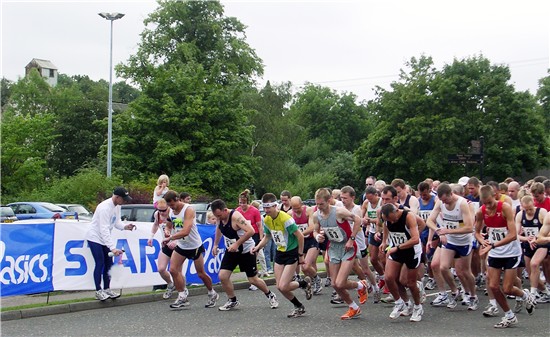Walking
Following a cardiac event, walking is a good light activity to reintroduce your body to being active. It is important to start slow, begin walking around your house or garden on flat surfaces before venturing too far. Gradually build up your pace and distance as you continue to walk.
If you have just left hospital, see the Heart Foundation guidelines below, for walking after you leave hospital1. Start at stage 1 (5-10 minutes, 2 times per day, stroll pace), and once you feel comfort and are able to complete the stage without trouble, move onto the next stage. As your body recovers some stages may take longer to complete than others.
| Stage |
Minimum time (minutes) |
Times per day |
Pace |
| 1 |
5-10 |
2 |
Stroll |
| 2 |
10-15 |
2 |
Comfortable |
| 3 |
15-20 |
2 |
Comfortable |
| 4 |
20-25 |
1-2 |
Comfortable |
| 5 |
25-30 |
1-2 |
Comfortable/ Stride out |
| 6 |
30+ |
1-2 |
Comfortable/ Stride out |
Walking with other people is a great way to keep motivated, exercise and socialise at the same time. Walking groups are a great way to meet new people while exercising, see below for local walking groups in your area. Visit the Heart Foundation to
find your local walking group.
Walking trails are a good way to explore your area. See the following links for walking trails in your area.
For more walking tips please visit the following websites.
Sport
Consult your doctor or cardiac rehabilitation provider when you wish to participate in high intensity physical activity or competitive sports. Talk to your doctor before beginning resistance training (i.e. weights) as lifting weights that are too heavy can increase blood pressure and put increased stress on your heart.



Exercise ideas
See the below links for exercise ideas.
|
Exercises for coronary heart disease
|
|
|
Exercises for hypertension
|
|
|
Exercises for high cholesterol
|
|
|
Exercises for type-2 diabetes
|
|
|
Exercises for type-1 diabetes
|
|
|
Exercises for people aged over 65 years, living with a chronic condition (e.g. heart disease)
|
|
Do not over do it!
Avoid physical activity if you feel tired, sore, ill or uncomfortable from being active.
Ensure to follow advice provided on hospital discharge from your doctor following your cardiac event. Make sure to start off slow and build-up your activities. Whilst exercising you should be able to talk without being breathless. Do not exercise immediately after drinking alcohol or eating. Always keep hydrated while exercising by drinking plenty of water. Consult your doctor if you wish to participate in high intensity physical activity or competition sports. If you take medications for angina ensure to take your angina medications when you plan to exercise.

References
- Briffa T, Maiorana A, Allan R, et al., on behalf of the Executive Working Group and National Forum Participants 2006, National Heart Foundation of Australia physical activity recommendations for people with cardiovascular disease, viewed 6 June 2013, http://www.heartfoundation.org.au/SiteCollectionDocuments/Physical-activity-recommendations-for-people-with-cvd.pdf